Play 1…e5 with Black: Complete Guide
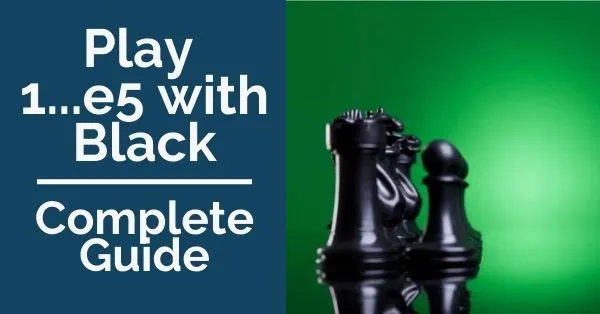
Every chess player needs a good, reliable repertoire against 1.e4. There are many openings out there and you should weigh your choice well, but if you are looking for a classical opening that will help you learn chess in general, then you might want to look into replying with 1…e5. This is a repertoire that can help you develop as a chess player, and learn different structures, and strategies, but also various attacking patterns.
White has a lot of options on the second move, from the classical approaches to wild gambits and offbeat lines. However, this shouldn’t put you off. A good approach is to start with learning white’s most common replies and then move on to other secondary, less played lines.
Starting with 1…e5 allows you to build a robust repertoire that will stand the test of time and won’t be refuted with the latest theory developments. You can create a solid repertoire, built on sound positional principles, that don’t necessarily require excessive memorization. However, if you are looking for sharp play and are not afraid of learning theory, there’s something for you as well!
Without further ado, let’s briefly check our options:
1…e5: The Ruy Lopez or the Spanish Opening
One of the most popular openings for white is the Ruy Lopez or the Spanish Opening, which arises after the moves 1.e4 e5 2.Nf3 Nc6 3.Bb5:
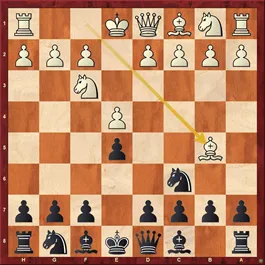
It is generally considered a solid opening and has been studied in depth in many books and encyclopedias. The theory here is very well developed, with some lines analyzed beyond move 30. Black can choose the type of position he/she wants to play, whether it’s an endgame, a long, solid middlegame, or a sharper one. The first main choice comes as early as more 3. In the diagrammed position black’s main choices are the classical system, with 3…a6, or the Berlin, with 3…Nf6.
Both lines lead to solid positions, rich in ideas. After 3…a6, for example, white’s main move is 4.Ba4, and here black can choose from a number of set-ups. The resulting middlegames are generally fighting positions that require maneuvering and a good positional understanding. If you prefer the more concrete play, black has a very good option, the Marshall Attack. If white allows it, black can sacrifice a pawn in return for active play and good compensation.
The main line of the Marshall arises after the moves 1.e4 e5 2.Nf3 Nc6 3.Bb5 a6 4.Ba4 Nf6 5.0-0 Be6 6.Re1 b5 7.Bb3 0-0 8.c3 d5. Here white can win the pawn on e5 and the game continues with 9.exd5 Nxd5 10.Nxe5 Nxe5 11.Rxe5 c6 12.d4:
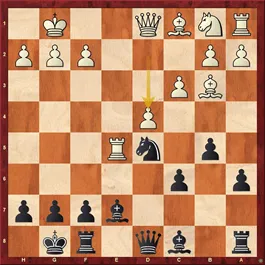
Black usually follows up with 12…Bd6 and …Qh4, if white allows it, with sharp, complicated play.
The Berlin Opening
Going back to our move 3 option, let’s briefly see what kind of positions arise after 3…Nf6. The Berlin has become very popular in the last years and is now one of the main weapons for black. It had a reputation of being a drawish/boring option for black, but everything changed when Grandmaster Vladimir Kramnik used it successfully against Garry Kasparov in the match for the World Championship. The whole perspective people had on this opening suddenly changed and it attracted almost all of the elite players, and therefore the rest of the mortals.
Many dynamic players started to use it frequently, the likes of Topalov, Shirov, Anand and even Kasparov himself tried it after the match. In the present time the current World Champion Magnus Carlsen continues to play it quite often, and so do other strong players like Wesley So and Levon Aronian. If white plays the mainline, queens will be traded and black will play an endgame. Even if the black king will lose the right to the castle, the second player has obtained the bishop pair and will keep the king in the center, where it is safe and many times useful.
1…e5: The Italian Opening
The Italian is another very popular opening at every level. We get here after the moves 1.e4 e5 2.Nf3 Nc6 3.Bc4:
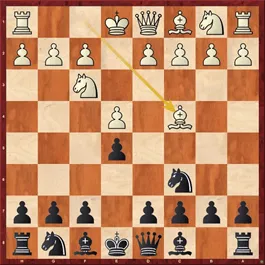
Again, black has a big choice on the 3rd move. The game can continue either with 3…Nf6 or with 3…Bc5. The first move allows 4.Ng5 when white is putting pressure on f7 and the only good way for black to respond is to sacrifice a pawn after 4…d5 5.exd5 Na5! 6.Bb5+ c6. In spite of losing a pawn, black’s position is comfortable. White has to waste a lot of tempi, while black can develop the pieces harmoniously and try to make use of the extra time.
One important idea to remember here is that the move 5…Nxd5 is considered to be bad for black in view of 6.Nxf7!, leading to the Fegatello or Fried Liver Attack. White sacrifices a piece, but black’s king will be stuck in the center and under direct fire from white’s pieces.
Most of the time, players prefer to avoid the extra theory to learn after 3…Nf6 and opt for 3…Bc5 instead.
Here white usually continues with 4.c3 Nf6 and 5.d3. The play is slow, which is why the line is also known as Giocco Piano, and full of maneuvering for both sides. Again, we have a solid middlegame with chances for both sides. Instead of 5.d3, white’s other option is to advance the pawn to d4, but this is not considered to give white an advantage after 5…exd4 6.cxd4 Bb4+ 7.Bd2 Bxd2+ 8.Nbxd2 d5 9.exd5 Nxd5, with an equal position.
The Scotch Opening
The Scotch is another way of playing for white. This involves attacking the center right away by mean of d4 – 1.e4 e5 2.Nf3 Nc6 3.d4:
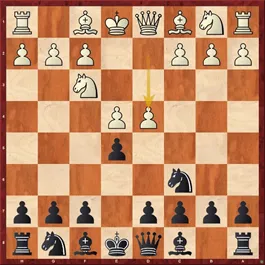
Here black continues with 3…exd4 and after 4.Nxd4 we have two main options. The classical approach to this opening is 4…Bc5, when after 5.Be3 Qf6 6.c3 Nge7, black’s plan is to play Qg6, Bb6 and eventually attack the center with …d5.
The other possibility is 4…Nf6, which leads to interesting, fighting positions for both sides. In both lines, there is a fair amount of theory to be known, in order to avoid falling into worse positions from the beginning.
1…e5: The Petroff or the Russian Opening
If you don’t like the positions above, then you could try the Petroff or the Russian Defense, which arises after the moves 1.e4 e5 2.Nf3 Nf6:
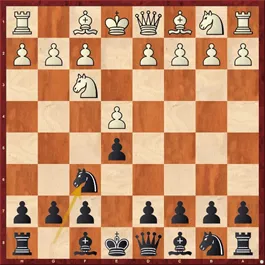
It is a popular opening at every level but has a reputation of being rather dull, as it can allow many trades, taking the game closer to a draw. White’s main reply is taking on e5, which leads many times to a rather symmetrical position, where each player is fighting for the control of the center. Other options that white has on the 3rd move are 3…Nc3 and 3…d4.
The Four Knights Opening
The Four Knights is another way of playing for white, but this shouldn’t pose black too many problems. As the name suggests, it arises after the development of all four knights: 1.e4 e5 2.Nf3 Nc6 3.Nc3 Nf6:
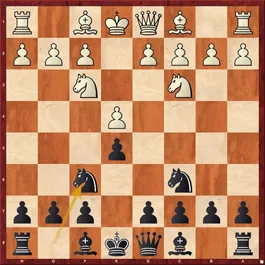
White can now continue with 4.d4, leading to solid, quiet positions where we could see a long strategic battle.
1…e5: The Gambits
These are some of white’s main options, but you shouldn’t forget about the gambits. Probably the most popular gambit after 1…e5 is the King’s Gambit, where white continues with 2.f4:
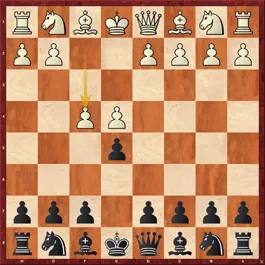
The positions are, of course, very sharp, and many attacking players like this opening. One of the most famous Grandmasters to have employed it successfully is Alexei Shirov. Nowadays, with the help of computers, refutations have been found for black, but you will need to learn (and remember!) your theory well.
We also recommend reviewing 10 Reasons to Play the Czech Pirc and Off Beat Lines in the King’s Indian 6…Nbd7.



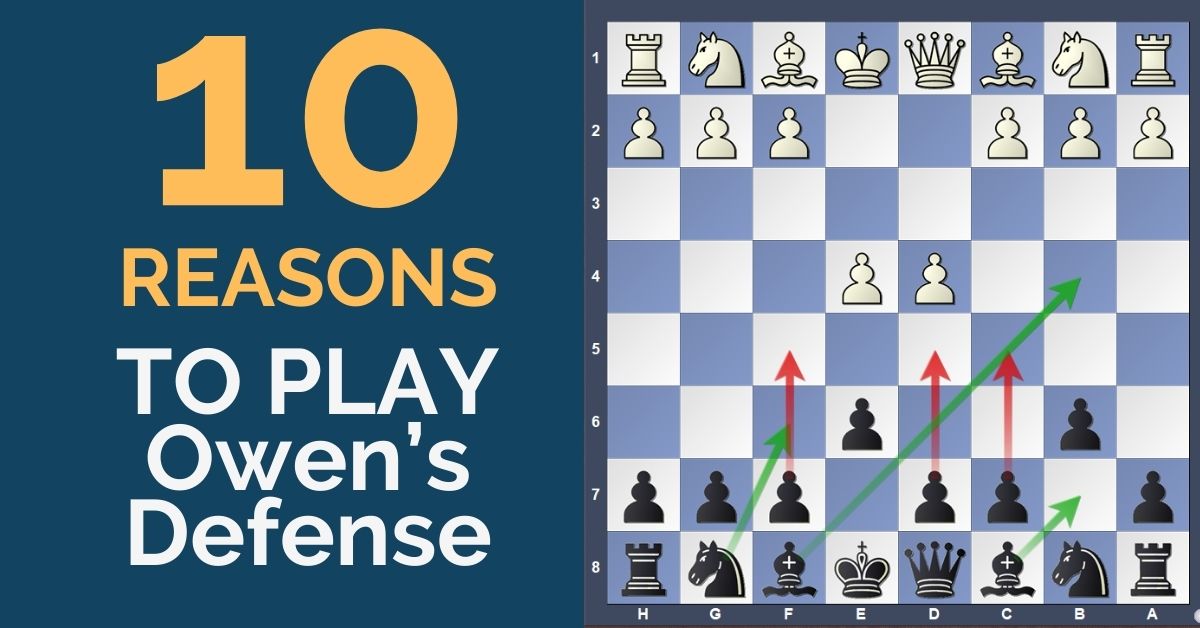
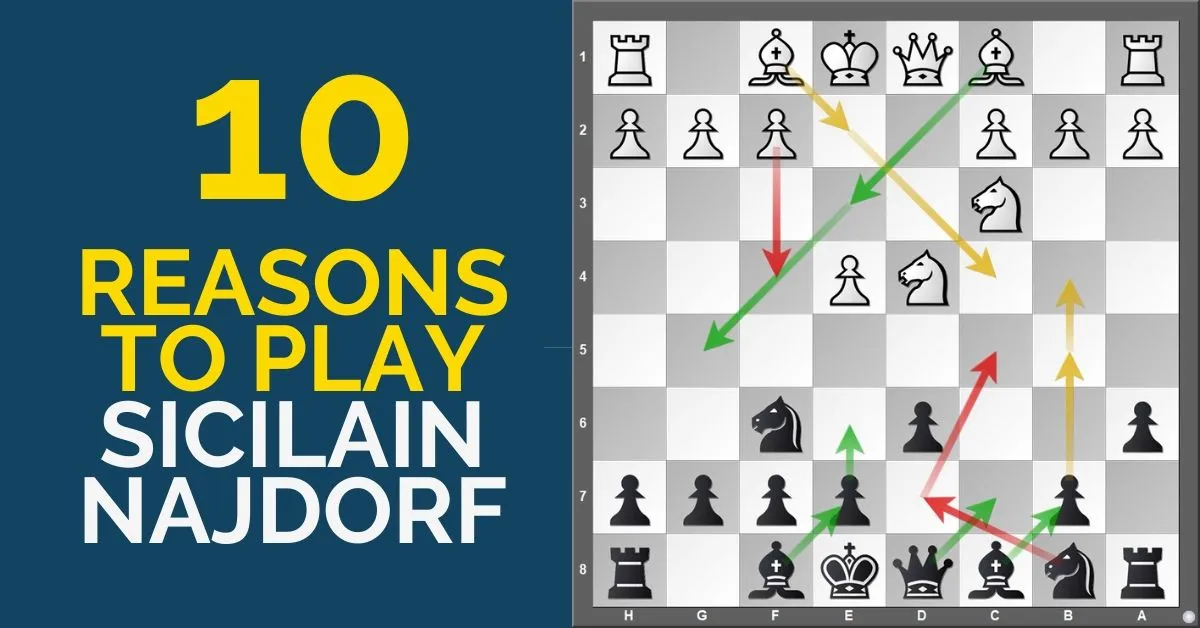
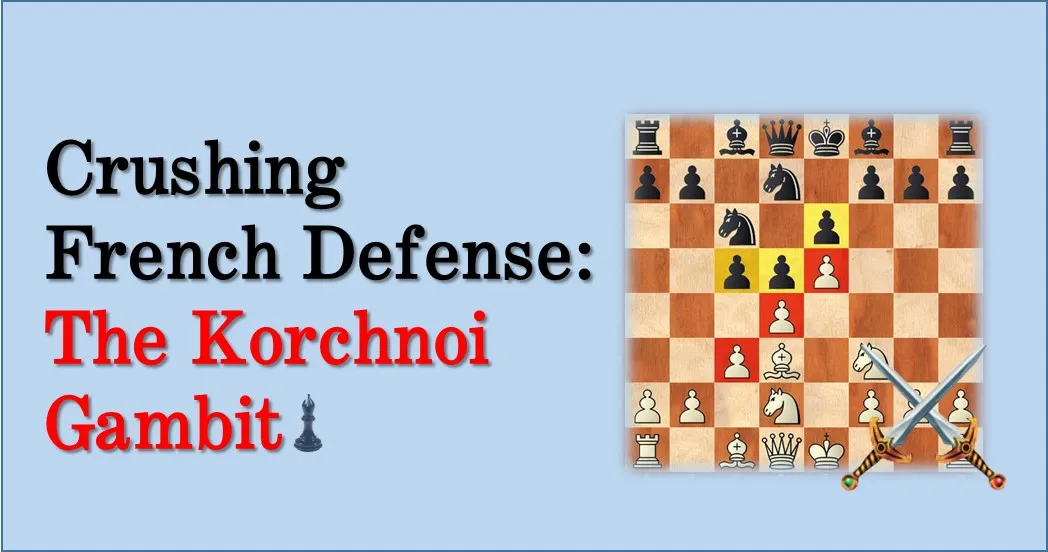




Comments: